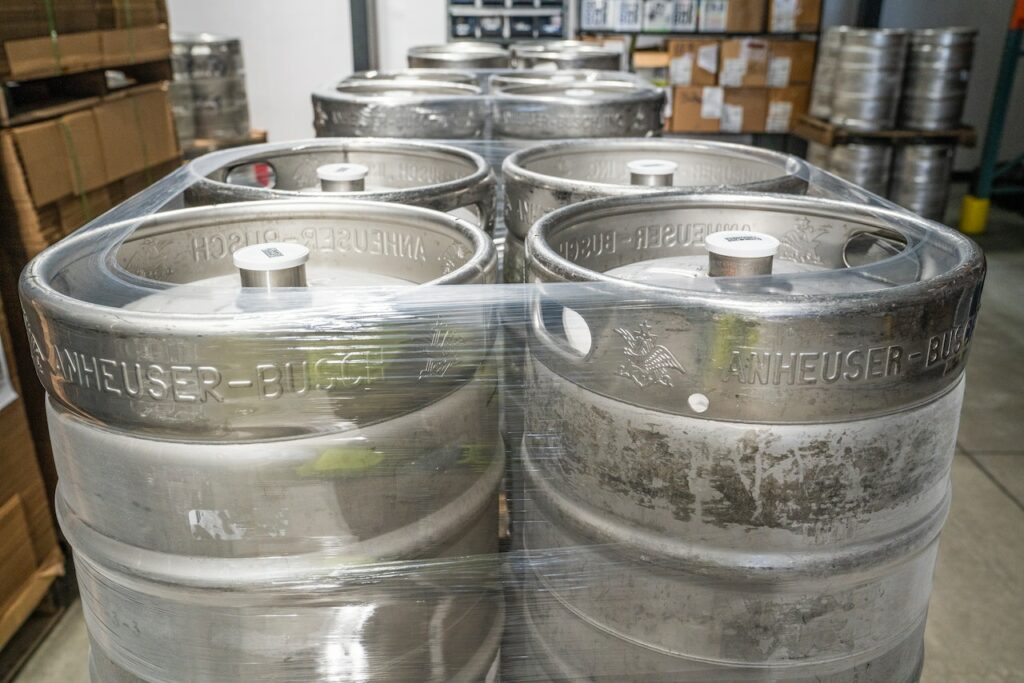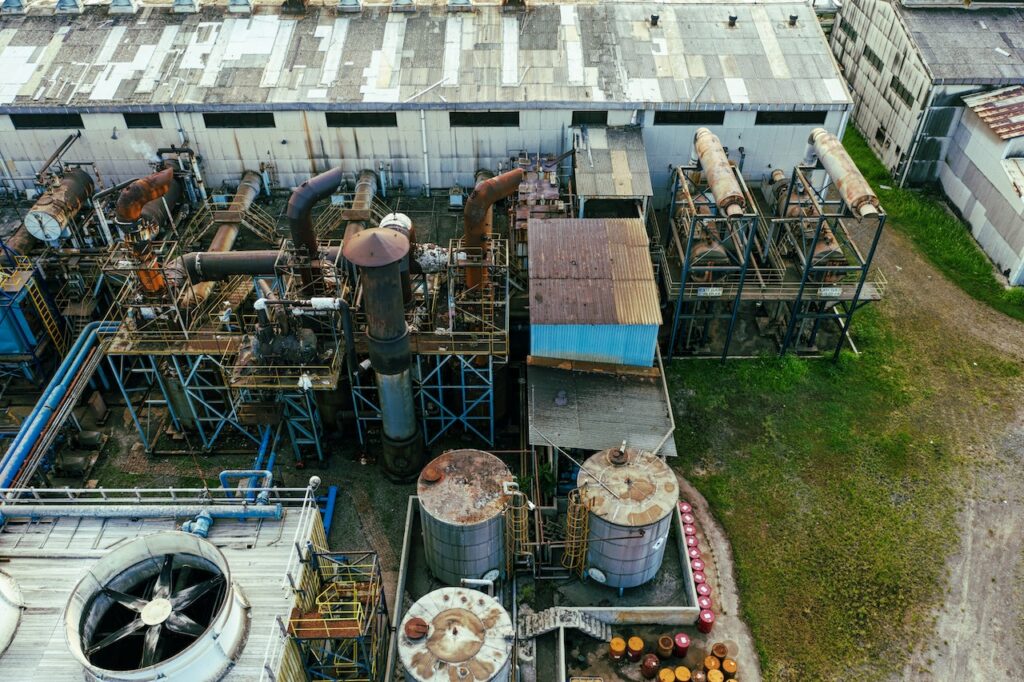
What Most Likely Caused the Steady Increase in Price Per Barrel of Oil between 2001 and 2008?
The steady increase in the price per barrel of oil between 2001 and 2008, often referred to as the “Oil Shock,” was a complex phenomenon with various contributing factors. Understanding what most likely caused this surge in oil prices during that time period requires a careful examination of economic, geopolitical, and market dynamics.
One key factor that played a significant role in the rising oil prices was the increased global demand for energy. Rapid economic growth in emerging markets like China and India led to an unprecedented rise in energy consumption. As these countries industrialised and their populations grew wealthier, the demand for oil skyrocketed, putting pressure on global supplies.
Another crucial element was the dwindling spare production capacity of major oil-producing nations. OPEC (Organization of Petroleum Exporting Countries), which controls a significant portion of the world’s oil reserves, struggled to keep pace with surging demand. This limited spare capacity meant any disruptions or geopolitical tensions could have an outsized impact on prices.
Furthermore, supply-side constraints such as declining production from mature fields and limited investment in new exploration and production projects also contributed to higher prices. The combination of these factors created a perfect storm that led to a sustained increase in the price per barrel of oil during that period.
Such oil market analysis and predictions are important among investors. Hence, they seek help from analytics companies, such as ArrowHead. These experts employ advanced data analysis techniques, artificial intelligence, and machine learning algorithms to scrutinize factors, such as geopolitical events, supply and demand dynamics, economic indicators, technological advancements, and environmental considerations.
In conclusion, while there is no single cause for the steady increase in oil prices between 2001 and 2008, it can be attributed to a combination of rising global demand, diminishing spare production capacity, and supply-side constraints. Understanding these complex dynamics is essential for comprehending how global events can have far-reaching implications on energy markets and economies worldwide.

The Beginning of the Oil Shock
The period between 2001 and 2008 witnessed a significant and steady increase in the price per barrel of oil. This surge, often referred to as the “Oil Shock,” had far-reaching implications for global economies and sparked debates about its causes. In this section, I’ll delve into the factors that most likely contributed to this unprecedented rise in oil prices.
- Geopolitical Tensions: One key factor behind the Oil Shock was heightened geopolitical tensions during this period. Conflicts in major oil-producing regions, such as the Middle East, disrupted supply chains and raised concerns about future oil availability. Political instability, including wars and civil unrest, created uncertainty among investors and led to speculation-driven price hikes.
- Increased Global Demand: Rapid economic growth in emerging markets like China and India played a pivotal role in driving up oil demand during this time. These countries underwent rapid industrialization and urbanisation, leading to soaring energy needs. The surge in demand exerted immense pressure on limited global oil supplies, pushing prices higher.
- Supply Constraints: While demand surged, there were limitations on increasing oil production capacity to meet it adequately. Ageing infrastructure, underinvestment in exploration and production technologies, regulatory hurdles, and environmental concerns hindered efforts to boost supply significantly.
- Market Speculation: Another contributing factor was increased speculative activity within commodity markets themselves. Investors sought refuge from volatile financial markets by investing heavily in commodities like oil as an alternative asset class. This influx of speculative capital amplified price movements and created a feedback loop where rising prices attracted more investment interest.
- Weakening US Dollar: The weakening value of the US dollar also played a part in driving up oil prices during this period. As crude oil is primarily traded using US dollars worldwide, any depreciation of the currency made purchasing barrels of oil more expensive for other countries.
In conclusion: The steady increase in the price per barrel of oil between 2001 and 2008 can be attributed to a combination of geopolitical tensions, increased global demand, supply constraints, market speculation, and the weakening US dollar. These factors created a perfect storm that led to an unprecedented surge in oil prices during this period.
Lessons Learned
Investors are advised to diversify portfolios amid volatile oil prices, staying informed on geopolitical events and global economic trends. Awareness of US dollar trends and integration of artificial intelligence or AI analytics can enhance decision-making.
Governments should invest in energy infrastructure, promote diversified energy sources, and address geopolitical tensions to ensure a stable oil supply. Regulatory measures to manage speculative activities, coupled with economic stability policies, can prevent excessive price movements.
Encouraging renewable technologies and energy efficiency reduces dependence on oil and mitigates price shocks. Overall, a dual strategy of informed investment and comprehensive government initiatives is crucial for navigating the complexities of the oil market, fostering stability, and minimizing risks associated with fluctuations in supply, demand, and pricing.
Oil market analytics are crucial for both investors and governments. For investors, these analytics provide insights into market trends, helping anticipate price fluctuations and manage risks tied to volatile oil prices, geopolitical events, and economic shifts. Governments leverage analytics to formulate energy policies, make strategic infrastructure investments, and engage in diplomatic efforts for a stable oil supply.














